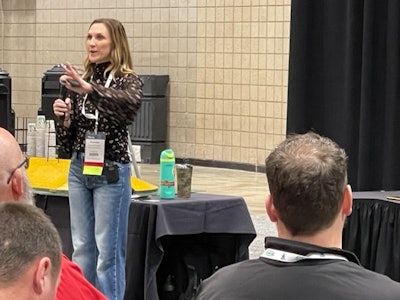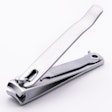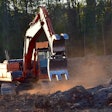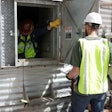
During an Innovation Station at GEAPS Exchange 2023 in Kansas City last month, Brandee Poland, sales and marketing manager with Soles Enterprises offered 7 steps to keep grain secure under its tarp on an outside grain pile.
“Without proper tarp coverage, you’ll lose the grain pile, the grain quality or both,” said Poland.
Here are Poland’s 7 steps to proper grain tarp installation:
1. Sufficient aeration is key
Begin by planning your layout, says Poland, and ensure all fans are operational and rotating in the correct direction. “Ask your aeration pipe supplier for data to get the best system,” she said.
2. Keep the tarp on the ground
It’s best practice to tarp to the ground, noted Poland.
3. Check water column pressure
Keep a close eye on water column pressure. “The goal is for water column pressure to be one inch,” she said. “If it’s at or below one inch, check your fan direction and operation.”
4. Mud flaps keep air from getting into the pile
“Mud flaps are a cheap way to keep air from getting into your pile during a power outage,” said Poland. “They’re a great alternative to fan shutters.”
5. Check for grain settling
Grain settles, there’s no way around that. And the space between the grain and the tarp can cause problems. “Remember to lower your lift ring,” said Poland. “Cut around towers and repatch as needed.”
6. Emergency backup generator
If your grain facility consistently uses outside storage space for grain, consider a backup generator. “A backup generator will be an upfront investment and provide insurance from needing replacement tarps and having spoiled wet grain,” said Poland. “It’s always to better to be safe than sorry.”
7. Weekly walkaround
A weekly walkaround should become a habit. Walk the pile to check for holes, tears and settling, said Poland. And try to use this time to check water column pressure to ensure you’re over one inch. “Do a ‘sniff test,’” said Poland. “If there’s anything off, you’ll smell it.”



















